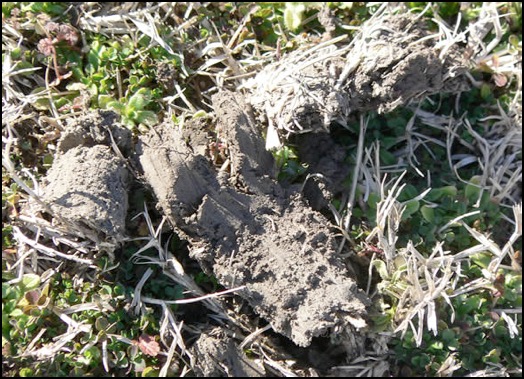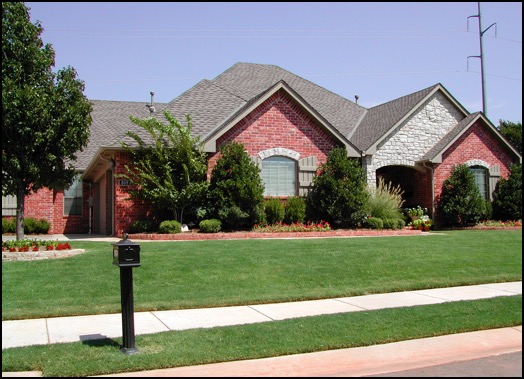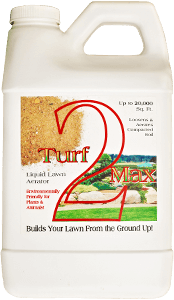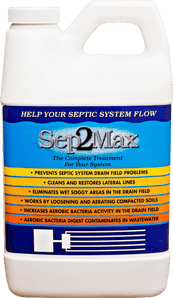The most popular method for reducing soil compaction is by using a rolling lawn aerator. This is also commonly referred to as a core or plug aerator. The prevailing view is that core aeration does the best job of relieving compaction and increasing oxygen levels in the root zone. Does it though? The typical depth of mechanical aeration averages only three inches.
Challenges that the Home Owner Faces
Dealing with soil compaction is a major issue that many homeowners have to address. A hard compacted soil on a poorly drained site provides a harsh environment for turfgrass. Maintaining a high-quality lawn is not only difficult but, in some cases, nearly impossible.
Have you tried using a rolling lawn aerator? It can be difficult and time-consuming. The homeowner, in many cases, has limited resources including time and money. Establishing the picture-perfect landscape can be a huge challenge, especially when working with lousy poorly drained soil.
Limitations and Problems of Core Aeration
A little-known fact regarding the use of rolling lawn aerators is that to achieve a 50% coverage on a site, 22 passes would be required. An Iowa State University study determined that only 2.2% of the surface area was removed from each pass when core spacing is 3 inches.
The University of Georgia turf specialist Clint Waltz states that the benefits of core aeration last only a few weeks. Another problem that may erupt is the release of weed seeds buried in the soil. By disrupting the soil surface layer, the potential of a weed problem increases. Up until recently, there was no better way to aerate compacted soils, but now there is.


Lawn Aerator Shoes – Are You Kidding?
When I first learned about such a thing as lawn aerator shoes, I thought, you are kidding? The spikes simply are not long enough to penetrate deep into the soil nor are the holes large enough to allow oxygen to penetrate into the root zone.
Pushing spikes into the compacted soil will aggravate the problem even more. Why? Because you are adding more compression thus packing it down. Thus you are compacting the soil you are supposed to be aerating. I suppose if you used them to walk on a surface to loosen it before planting seed, that could be beneficial. But there are many better ways to aerate your soil.
As mentioned elsewhere on this site, mechanical aeration of any kind does not remedy the underlying problem of why the soil is compacted. Unless you address this issue, any short-term remedy will be just that: short term.
Liquid Aeration is the Solution
Turf2Max liquid aeration solves the underlying problems that cause the soil to compact. The most common cause is due to salt build up in the soil that collapses the structure of the soil. It is referred to as dispersion. Dispersion means that the individual clay soil particles are broken up into very small particulates.
If you fill up a mason jar full of marbles, and another jar full of sugar, which would have the most airspace? Of course the jar with the marbles. Turf2Max improves the soil by promoting the formation of water stable aggregates. The stable soil particles in many cases will remain that way up to a year.
By treating a whole yard, garden, flower bed and more, you will benefit from an overall total aeration from 6-14″ deep. Now that is soil restoration! Mechanical aeration does nothing to improve the structure of the soil. All it does is remove cores and places them on top of the soil surface. End of story!

